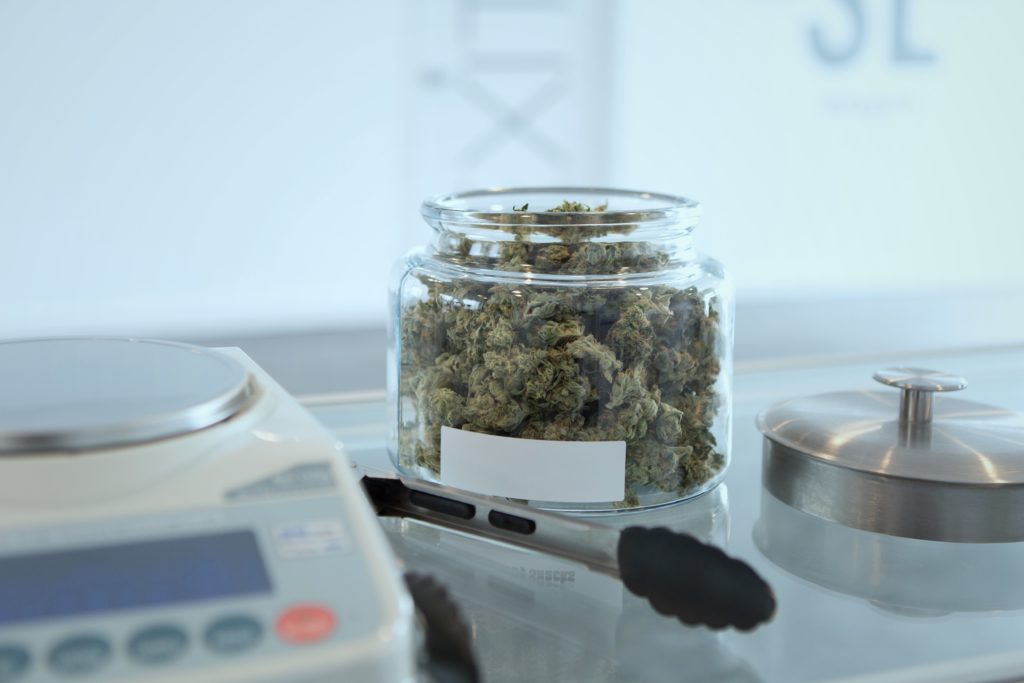Is now the right time to invest in weed?
As 2019 draws to a close, cannabis stock has sunk and the companies behind them still aren’t profitable. Now the question is whether the bleeding has finally stopped.
Advertisement
As 2019 draws to a close, cannabis stock has sunk and the companies behind them still aren’t profitable. Now the question is whether the bleeding has finally stopped.

Affiliate (monetized) links can sometimes result in a payment to MoneySense (owned by Ratehub Inc.), which helps our website stay free to our users. If a link has an asterisk (*) or is labelled as “Featured,” it is an affiliate link. If a link is labelled as “Sponsored,” it is a paid placement, which may or may not have an affiliate link. Our editorial content will never be influenced by these links. We are committed to looking at all available products in the market. Where a product ranks in our article, and whether or not it’s included in the first place, is never driven by compensation. For more details, read our MoneySense Monetization policy.
Share this article Share on Facebook Share on Twitter Share on Linkedin Share on Reddit Share on Email
This is by far the best I have read! I have been in the marijuana sector for over 3 years and this article is exactly what’s going on. Thank you.